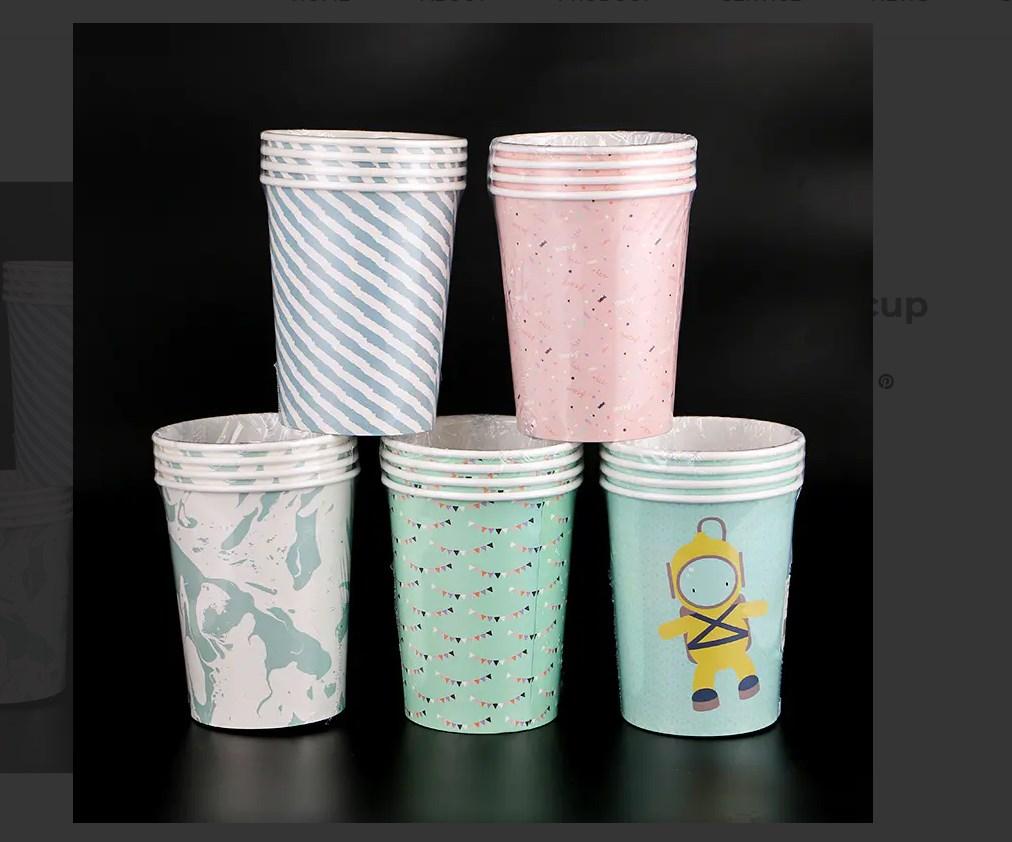The safety of a Disposable Paper Cup when exposed to high temperatures is an important concern for both consumers and manufacturers, particularly as these cups are widely used for serving hot beverages such as coffee and tea. While they are designed to withstand certain levels of heat without immediate damage, questions arise regarding whether chemical substances from coatings, adhesives, or inks may migrate into the drink when the temperature increases. This issue has attracted growing attention as more people become aware of the potential health impacts of packaging materials in direct contact with food and beverages.
A typical paper cup is not made solely of paper. To provide waterproofing and structural integrity, the inner surface is commonly lined with a thin layer of polyethylene or, in more environmentally conscious designs, a biodegradable polymer such as polylactic acid. At normal temperatures, these coatings function effectively, but when exposed to high heat, there is a possibility that small amounts of chemicals could migrate into the liquid. While migration levels are usually very low and regulated by international food safety standards, prolonged exposure to extremely hot liquids could increase the risk. This is why food safety agencies in many countries establish strict testing protocols to ensure that cups remain within safe limits under typical usage conditions.
Another consideration is the use of printing inks and adhesives in the manufacturing process. Although the inner layer of the cup is generally not printed, external designs and logos may involve chemicals that, if poorly manufactured or stored inappropriately, could leach under high temperatures. Reputable manufacturers use food-grade, certified inks and adhesives to minimize this risk, but lower-quality products may not always adhere to these standards. This highlights the importance of sourcing disposable cups from reliable suppliers who comply with safety regulations.
Scientific studies examining the interaction of hot liquids with coated paper materials have shown that, under normal consumer usage, the risk of harmful chemical release is relatively low. However, when liquids exceed their boiling points or are stored in paper cups for extended periods, the chance of chemical migration increases. For instance, if hot coffee remains in a cup for several hours, the structural integrity of the cup may weaken, and minor leaching could occur. Consumers are therefore advised to use paper cups for immediate consumption rather than long-term storage of hot beverages.
From a broader perspective, concerns about harmful substances in paper cups have accelerated research into alternative materials and eco-friendly coatings. Innovations such as water-based barriers, biodegradable films, and even unlined paper cups with natural resistance to moisture are being developed to enhance safety and sustainability. These advancements aim to reduce not only environmental impact but also the likelihood of chemical migration under high heat conditions.
In conclusion, the question of whether a paper cup releases harmful substances at high temperatures depends largely on the quality of its materials and compliance with safety standards. Under typical use, where hot beverages are consumed shortly after being poured, the risk is minimal. Nevertheless, improper manufacturing, excessive heat exposure, or long-term storage can increase the potential for chemical leaching. For consumers, choosing cups certified by reliable standards and avoiding prolonged use for extremely hot drinks are the best ways to minimize risk. For manufacturers, continued investment in safer materials and stricter quality control will ensure that disposable cups remain a convenient and safe option for everyday use.

